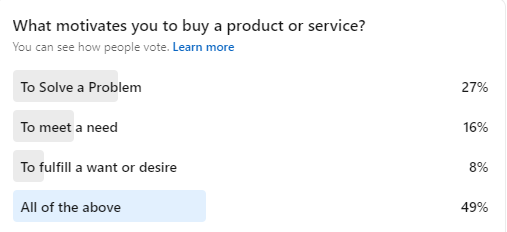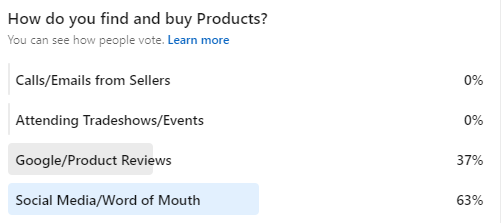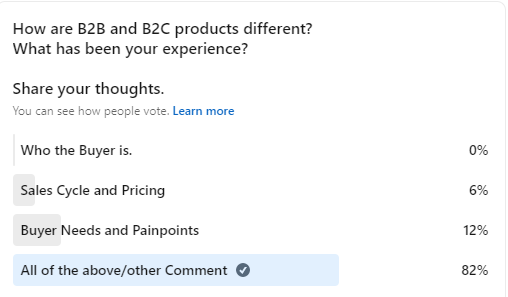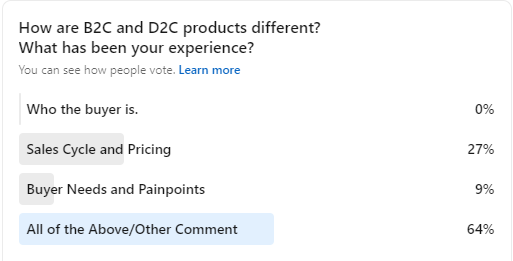How & Why People Purchase Technology
When marketing and selling a tech product or service, it is important to ask two questions to understand your buyers.
1. What motivates people to buy a tech product or service?
2. How do people find a tech product or service to buy?
I surveyed my LinkedIn audience for answers.
1. What motivates people to buy a tech product or service?
People buy a technology product or service for many reasons.
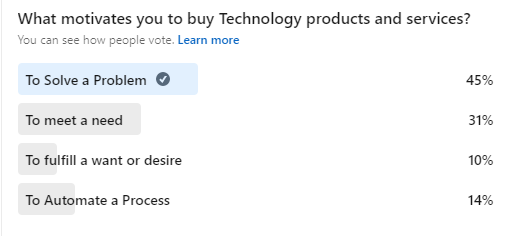
2. How do people find a tech product or service to buy?
People find and buy technology products or services in different ways.
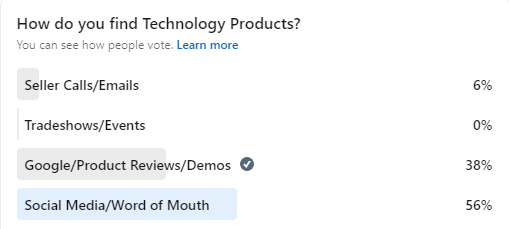
These findings suggest that businesses must create customer-centric offerings to survive in a competitive marketplace.
Answering these questions will help businesses develop, create, and, position offerings people want to purchase.
What motivates customers to buy your technology products and services?
How do your customers find technology products and services?
Share your thoughts.
Additional places to find my content and blog
WordPress: https://dangalante.me/
Tumblr: http://www.askdangalante.com/
LinkedIn: https://www.linkedin.com/today/author/DanGalante
Medium https://medium.com/@DanGalante
YouTube https://www.youtube.com/trendsettingsm
Anchor https://anchor.fm/dangalante
About Me
I’m a Strategic Marketer with Field Sales, Sales Enablement, Content Creation, and, Classroom Teacher/Trainer skillsets using Marketing to drive Sales/Growth.
As a Marketer, I’ve worked with Start-Ups, a Political Campaign, and a Digital Marketing Conference.
I’m certified in Inbound Marketing with classes in Marketing, Product Management, Product Marketing, SEO, and SEM.
Before teaching, I was an Outside Sales and Marketing Rep. selling and marketing dental products to Dentists using consultative selling, trade show marketing, field marketing, and market research.
I publish Sales, Marketing & Social Media Today a blog covering industry events and trends.
I’m seeking a full-time role in:
Inbound Marketing, Digital Marketing, Content Marketing, Product Marketing, Demand Generation, Social Media Marketing, Sales Enablement Enablement, Sales Strategy, Marketing Strategy, Employer Branding, and Recruitment Marketing.
Open on title, industry, company, location, and level. Reach out on LinkedIn or at dan@dangalante.com to start a conversation.

